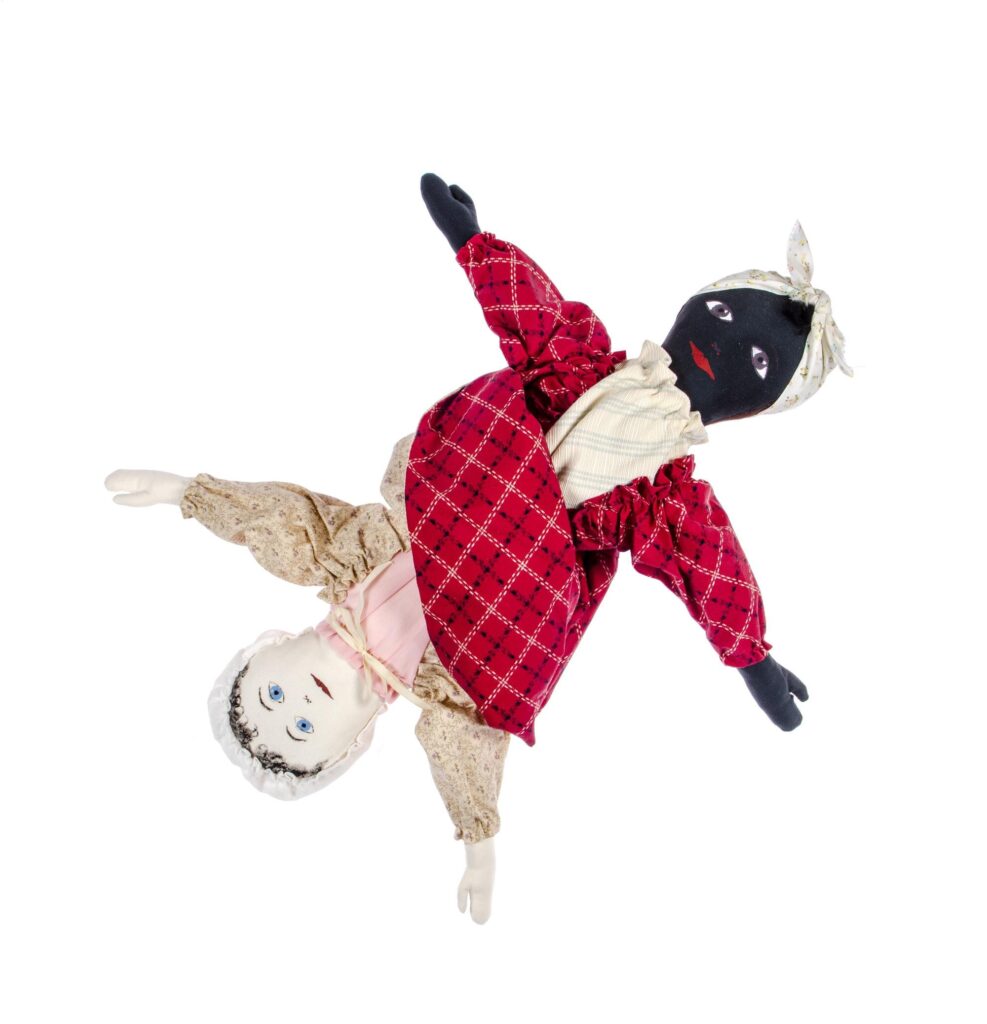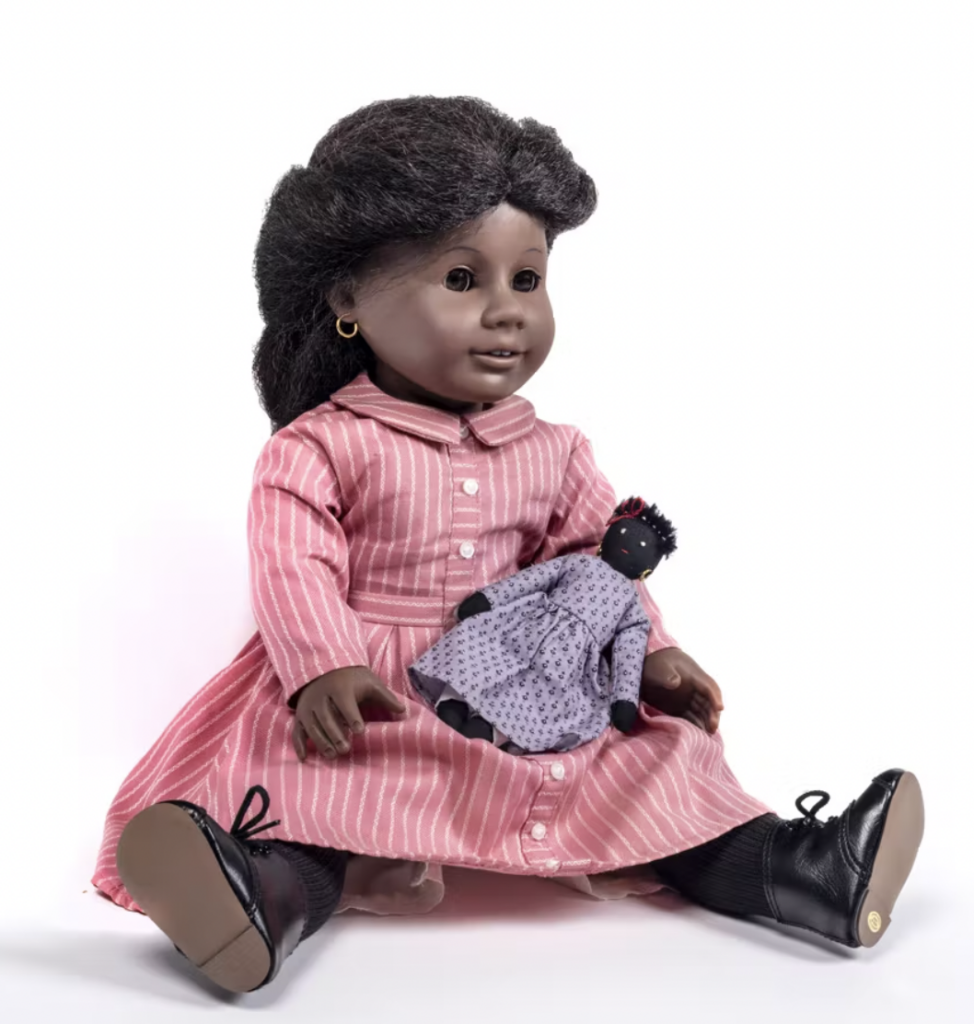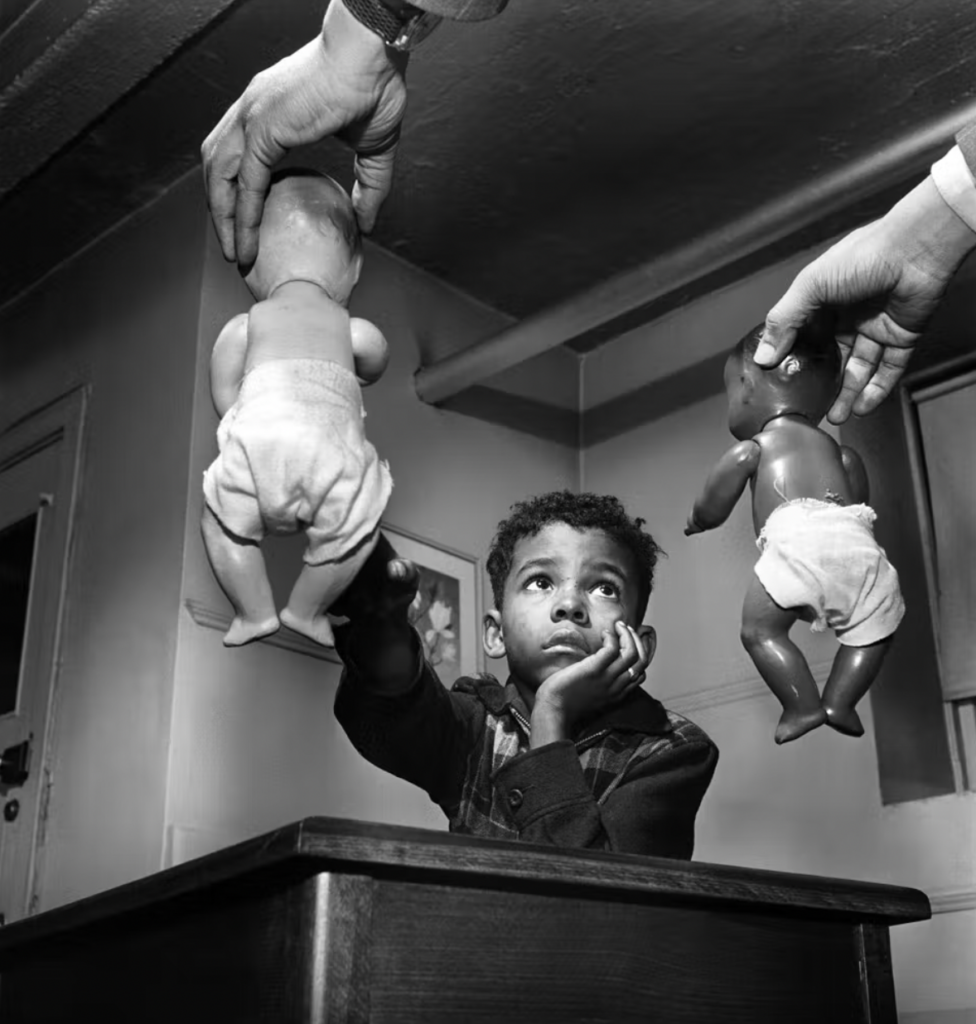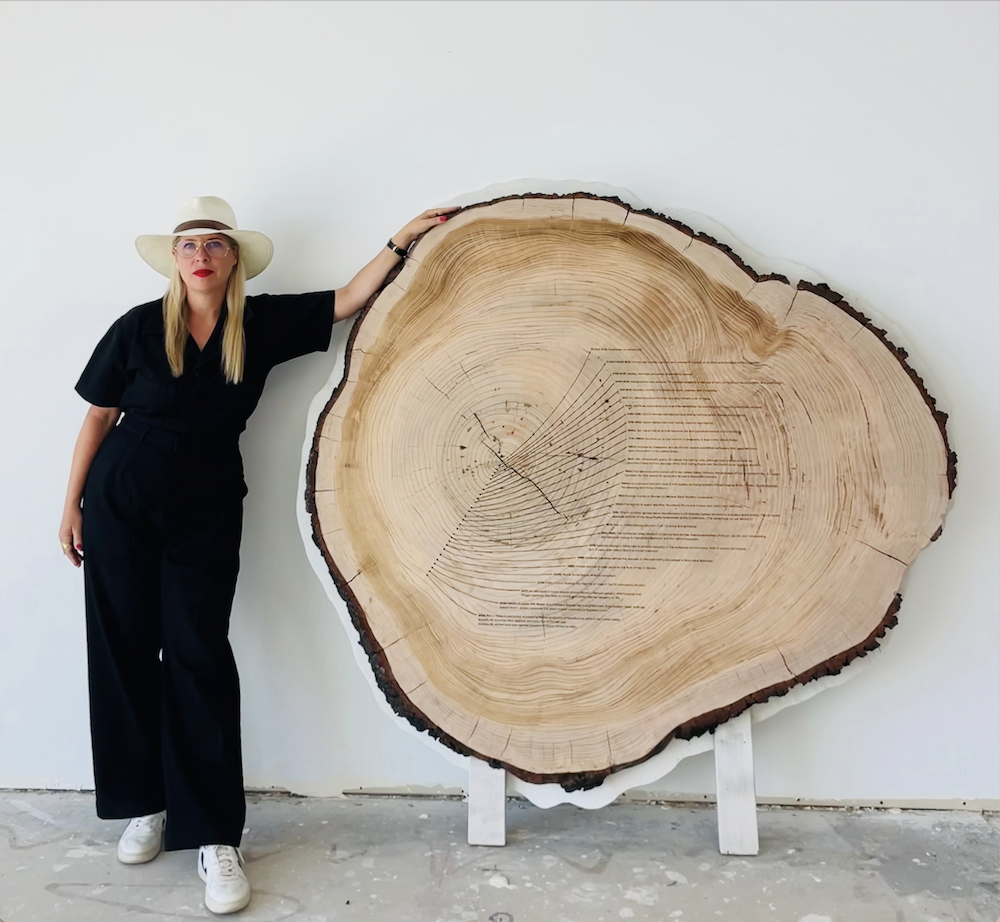
Dolls—from ancient representation of humans in art, to familiar children’s toys or use in religious rituals—have held meanings more than meets the eye. Now employing the lens of race and gender, the New-York Historical Society exhibition Black Dolls explores further the significant role of the Black doll in American history.
From the horrors of slavery through Reconstruction and Jim Crow, to the beginnings of the civil rights movement of the 1960s, this collection of 200 objects, textiles, sewing tools, photographs and ephemera represents a push back against negative racial stereotypes.
What accompanies the dolls is a wide selection of objects, board games, children’s books and other toys, that are most blatant in comical or inept stereotypes and encouragement of violence to Black characters long after emancipation.
While the names of the women who created these dolls are largely unknown, every stitch that they sewed into place is invaluable evidence of their lived experience, as well as a reflection of the larger historical forces of slavery and its legacy.
Dr. Louise Mirrer, president and CEO of New-York Historical Society
The early handmade dolls on display were made from whatever material was available—from feedbags to fur trimmings. Factory-made dolls would provide a more positive representation, as the slogan of the National Negro Doll Company (1911) stated: “Negro Dolls for Negro Children.” A constant theme runs through each doll—from an 1850 depiction of a man with a chain around his neck, to decades later, a doll with tears.
As in any shows, there are stars. Perhaps the most well-known creator of dolls in this collection is Harriet Jacobs. In her autobiography, published in 1861, Incidents in the Life of a Slave Girl, she describes sewing to relieve her loneliness in hiding. Her three dolls were made by between 1850-1860 for the white children of the Willis family of New York, where she worked after her escape.
If [these dollmakers] had been given paintbrushes, they could have become painters; if they had been given clay, they could have become sculptors; if they had been taught to read and write, they could have become writers. They were given cast-off sewing basket scraps, and with those, they expressed their immense creativity.
Dominique Jean-Louis, associate curator
A topsy-turvy doll (1890-1905) is two dolls, one white, one black, conjoined at the waist. Flipping the shared skirt over the head of one doll reveals the other. What were the purpose of these simple rag dolls at the turn of the century? Could they be showing what W. E. B. Du Bois wrote in 1903, that “the problem of the twentieth century is the problem of the color line—the relation of the darker to the lighter races“?
The Mammy or Dinah stereotype first emerged during slavery. At the Chicago world Fair in 1893, Nancy Green, a former enslaved domestic worker, acted the part, launching what would become Aunt Jemima to sell pancake mix.
A hundred years later, in 1993, after initial success with their American Girl line of dolls that incorporated stories from American history, The Pleasant Company launched its first Black character, Addy Walker. Scholars of African American history contributed to tell the story of American slavery and emancipation in a powerful narrative of the horrors of slavery and the triumphant perseverance of Black families. Addy even came with her own cloth doll, Ida Bean.

Photographs that show white children playing with Black dolls and Black children holding white dolls complicate the narrative. What the exhibit does further than display these collections is to put them in context with some striking surviving photographs of children and their dolls from the 1850s through the 1920s.
The majority of extant photographs with handmade Black dolls show them in the hands of white children. Images of Black children more often than not depict them holding white dolls, while surviving photographs of Black children with Black dolls are quite rare.
The significance of this was to reach the Supreme Court. Gordon Parks’s 1947 photograph Untitled (Doll Test), Harlem, New York shows what NAACP lawyer Thurgood Marshall would argue against racially segregated schools before the Supreme Court in 1954. Marshall asked Black sociologists Kenneth and Mamie Clark to submit testimony for Brown v. Board of Education. The Clarks’ study used dolls identical except for skin color Black. “Which is the doll that looks like you?” “Which is the good doll?” Black children showed they preferred the white doll—leading Marshall to argue that the Clarks’ research proved racial segregation harmed Black children and produced feelings of inferiority, a test the Supreme Court cited as particularly influential in their historic decision.

Black Dolls goes beneath memory of a favorite toy into so much that needs to be remembered about our history and why even the choice of a color of a doll (or its sex) is significant.
Black doll collectors continue to forge communities, both in person and online, to celebrate their shared interest. The exhibition ends with a slideshow featuring photos of contemporary doll collectors, including one of artist Betye Saar with her collection.
Black Dolls is on view until June 5, 2022 on the first floor of the Robert H. and Clarice Smith New York Gallery of American History. Get tickets here.
Up next:





